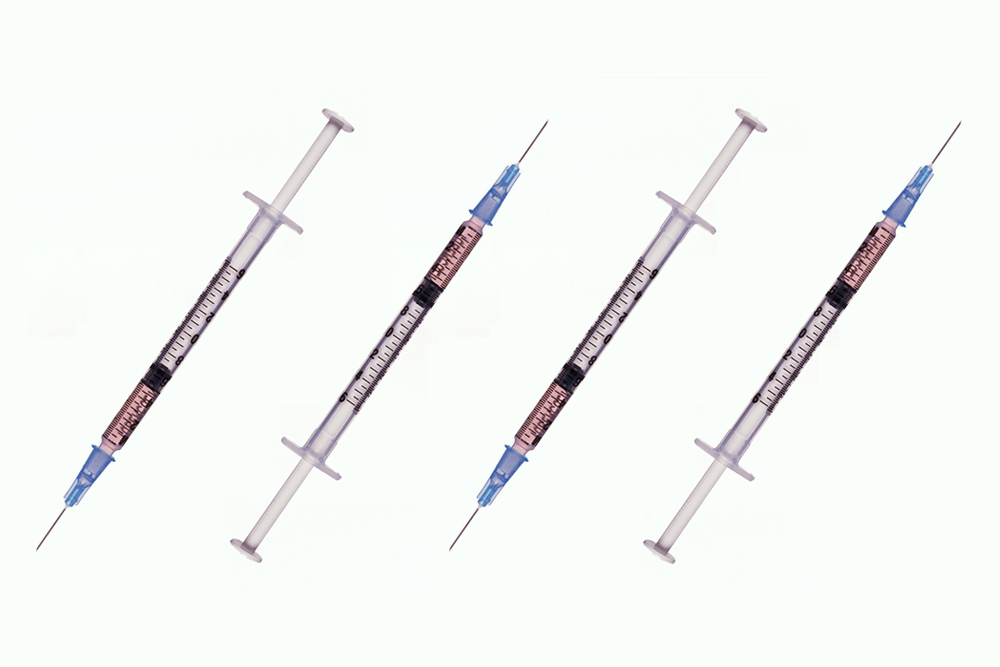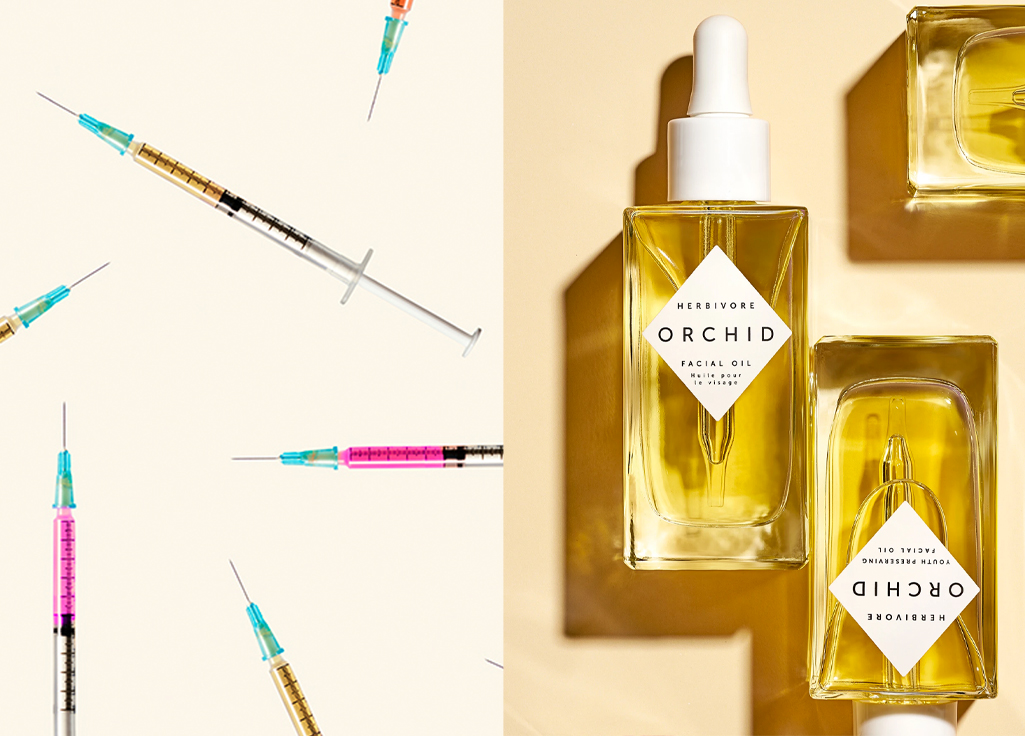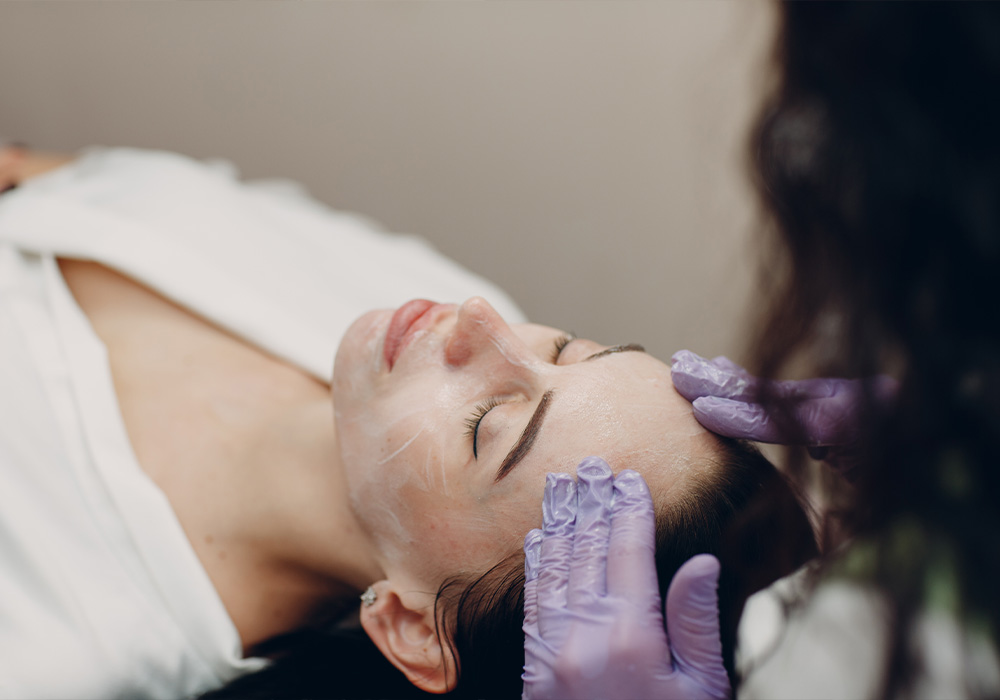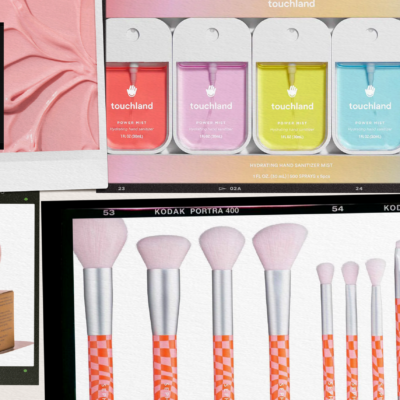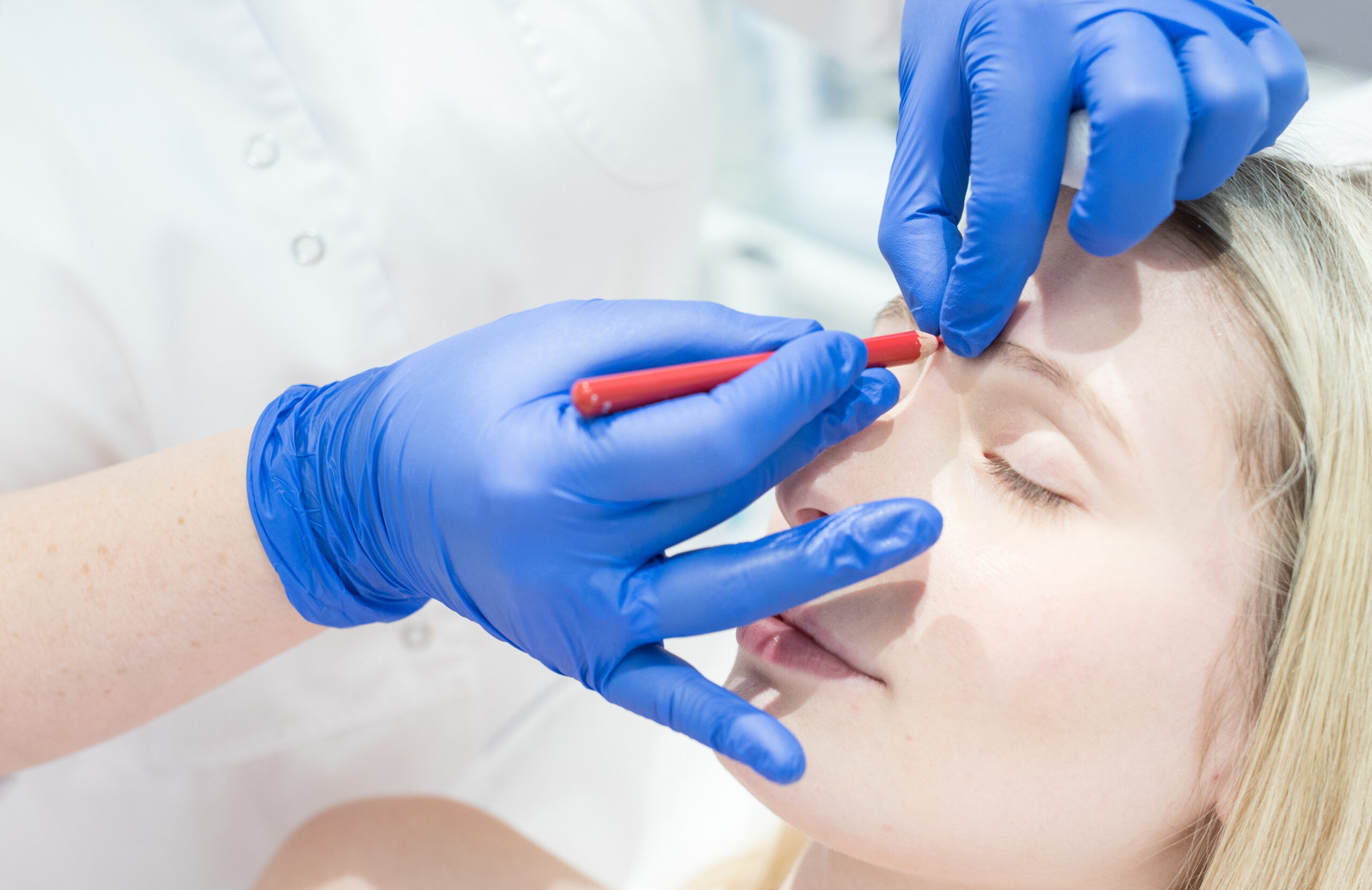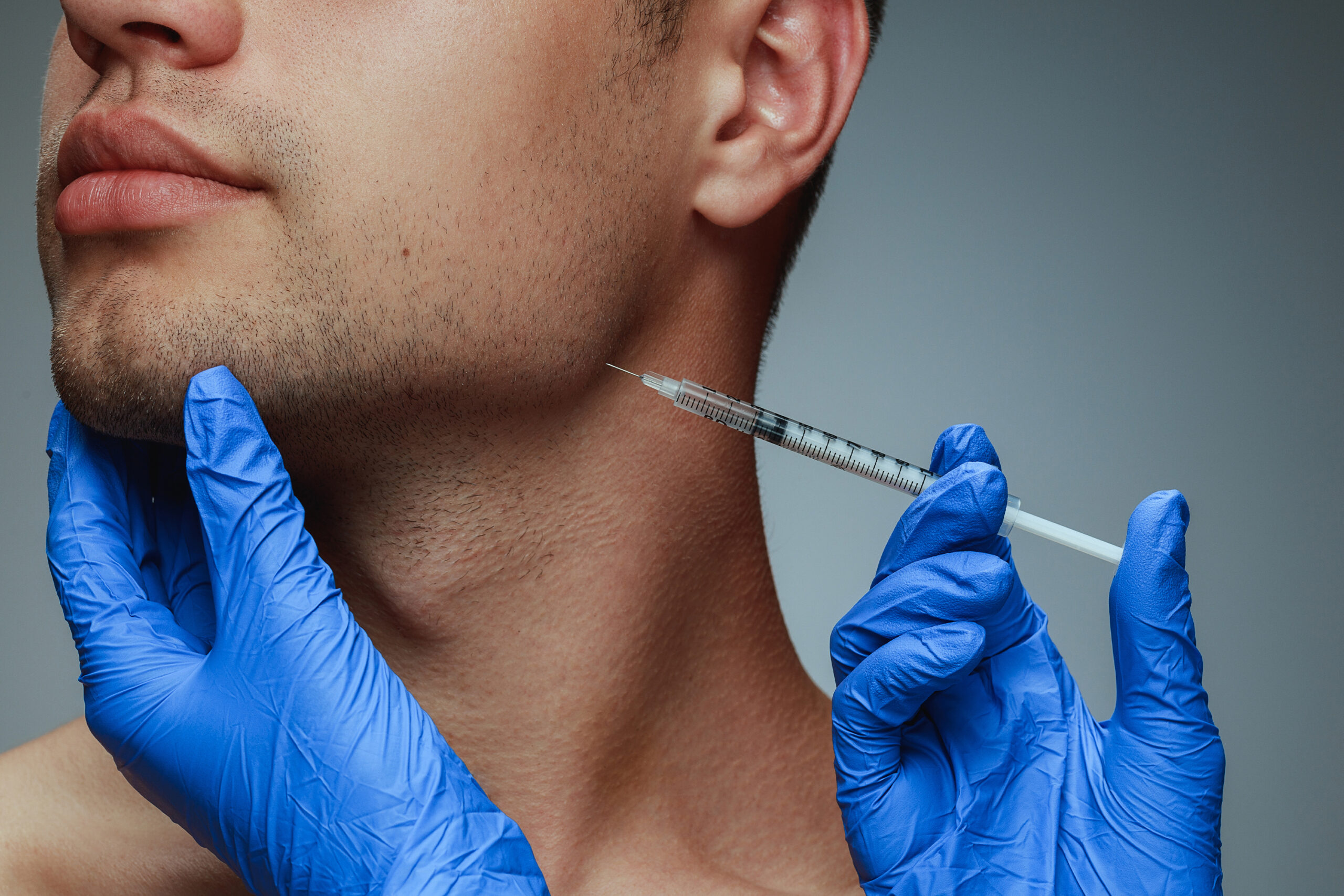Currently, fillers are enhancing more than just the lips and cheeks. This year, the FDA approved Restylane Lyft for use on the backs of the hands, making it the only HA dermal filler (Radiesse is also FDA-approved for the hands) to receive approval for an area other than the face. And off-label uses on areas like the earlobes, nose, chin, knees, and even the buttocks prove that fillers are some of the most efficient tools for temporary rejuvenation. On the horizon are more durable options—currently in development are fillers that utilize HA in combination with silk-derived proteins or hydrogels. “Hyaluronic acid hydrogels are obtained by a special cross-linking process of HA molecules,” says Short Hills, NJ facial plastic surgeon Alexander Ovchinsky, MD. “Due to an innovative preparation method, they do not contain any detectable residual cross-linking agent and are easier to inject. These new hydrogels show good stability against enzymatic degradation, which should translate into increased longevity.”
You May Also Like: 2 Rare, But Real, Side Effects Everyone Should Know Before Getting Fillers
But the future is also now—the FDA has recently approved two new fillers doctors can add to their toolboxes. “A group of HA fillers called Teosyal and Teosyal RHA were just approved,” says Dallas dermatologist Elizabeth Bahar Houshmand, MD. “Teosyal can plump lips and address wrinkles, under-eye hollows and scars; while Teosyal RHA is best for the most mobile areas of the face like the cheeks, nasolabial folds and forehead.” Also approved was HA filler Revanesse Versa. “Other HA fillers absorb water after they are injected and can change a bit in the first few weeks, but with Revanesse, what you see at the time of injection is what you get,” Huntington Beach, CA dermatologist David Rayhan, MD says. Dr. Houshmand says it differs in that it uses special cross-linking technology, which, per the company, helps the HA particles stay closer together so they are smoother and rounder. “This results in significantly less swelling, but studies are needed for valid comparison to support this claim.”
There’s really no substitute for the plumping power of dermal fillers, but many filler curious patients are now turning to over-the-counter topicals first. And while there’s no cream or serum that can do what fillers can do, topicals that contain hyaluronic acid can attract water to the skin and cause a very temporary “plumping” effect that gently stretches out fine wrinkles by causing miniscule amounts of tissue swelling. But don’t expect results anywhere close to the immediate rejuvenation effects fillers injections can give. “If on a scale from 1 to 10, fillers are 10, the best results you can achieve from using OTC topicals is a 2 on the same scale,” says Fort Lauderdale, FL dermatologist Dr. Matthew Elias. While the best creams won’t quell the desire for a filler fix, adding them as part of a daily maintenance routine can only improve the skin’s appearance. “Good moisturization can ‘plump’ to decrease, but not resolve, the appearance of fine lines,” Ashburn, VA dermatologist Stephanie Daniel, MD adds. “Look for products with hyaluronic acid, retinoids and antioxidants, as these will work best over time.”
